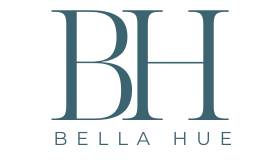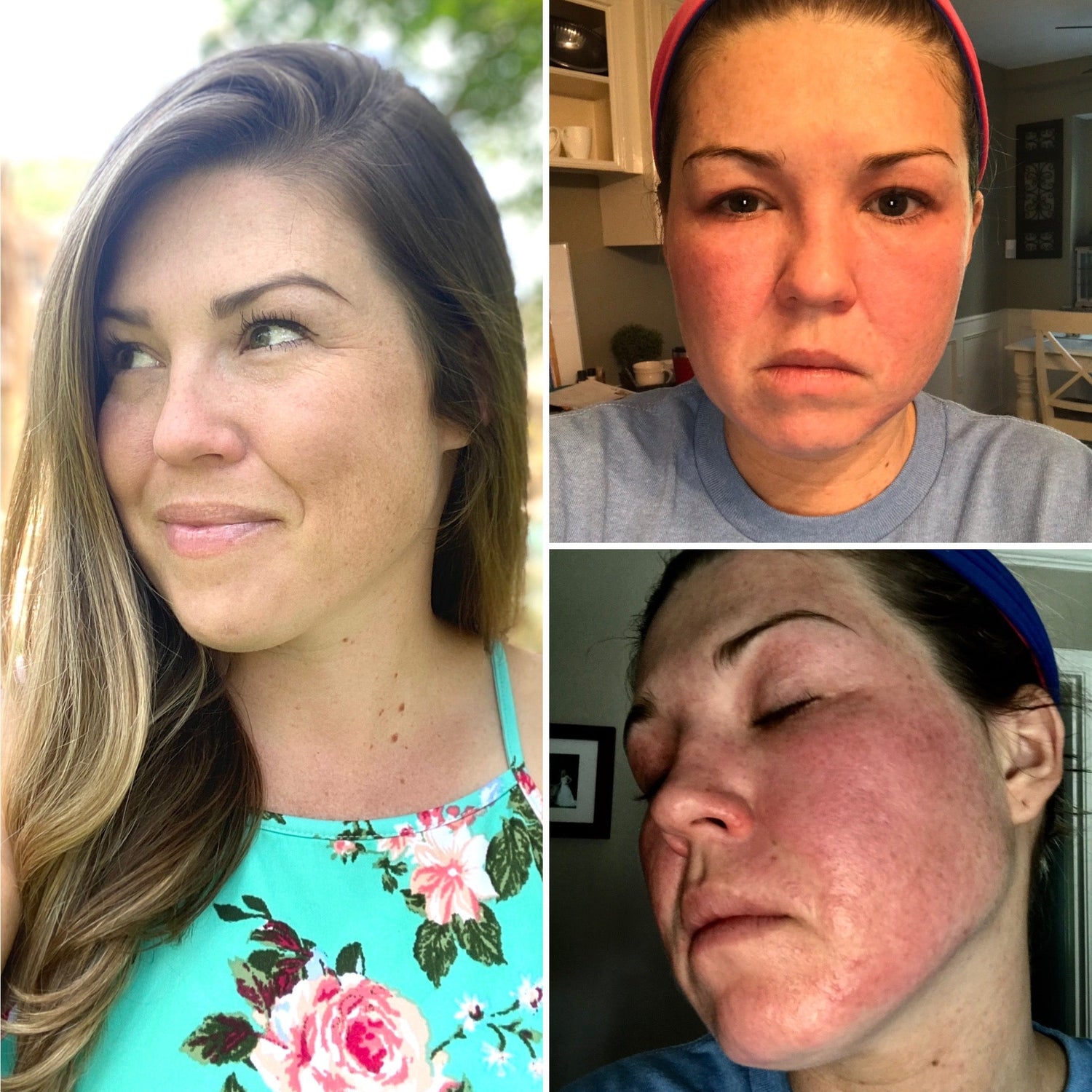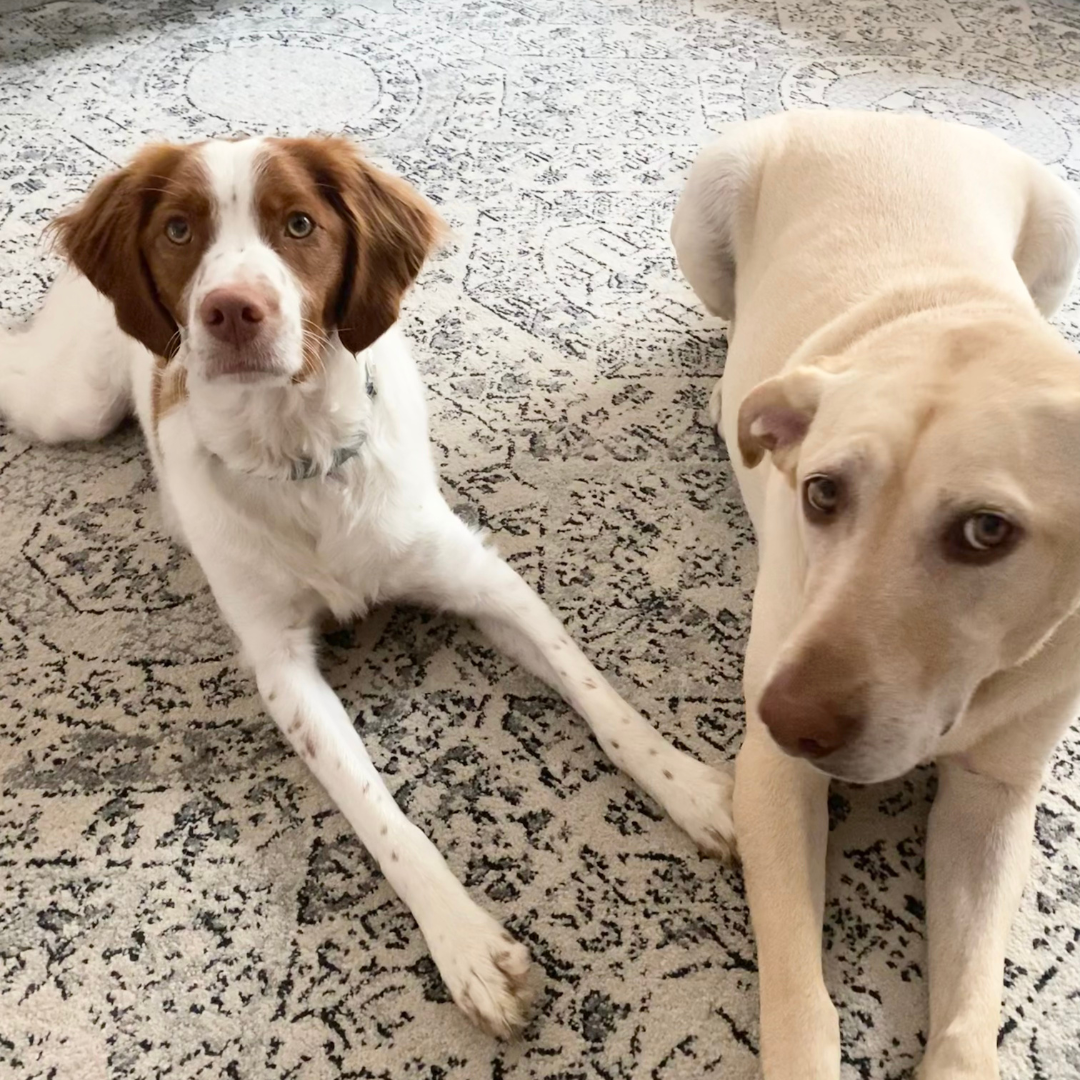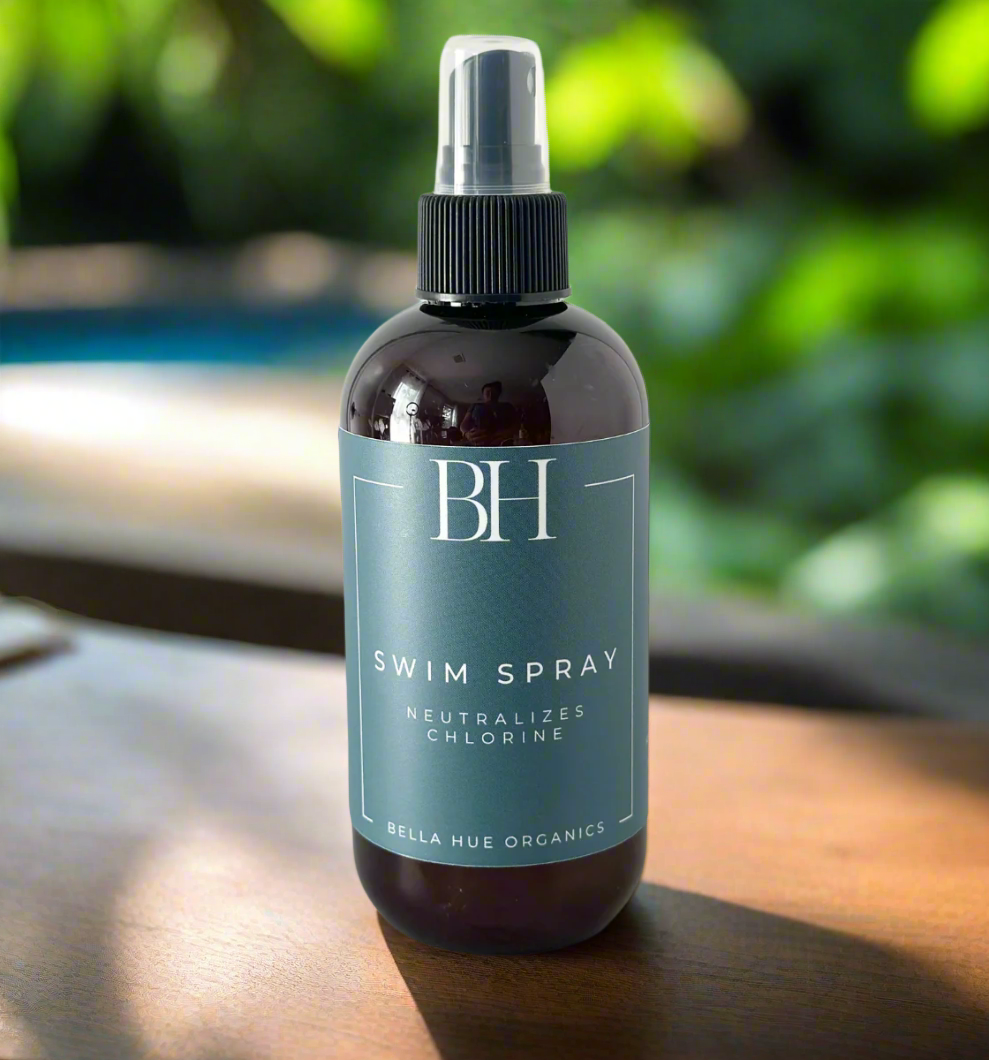After spending 16 years behind the chair as a Master Stylist, I thought I’d seen it all—dry hair, irritated scalps, unexplained breakage, even clients developing sensitivities to their go-to products. But it wasn’t until my own body started reacting that I realized something deeper was going on.
My allergies became so severe they triggered full-body inflammation and joint pain. I was eventually told I might need to consider another career entirely. Imagine that—being forced to walk away from the work you love because of the very products you use every day.
That’s when everything changed.
I started digging into ingredients not just out of curiosity, but out of necessity. After years of exposure, my body had enough—and I realized most of the products I was using and recommending were filled with harsh chemicals I had never questioned.
Here’s what I found:
- Aerosols often contain propane, butane, and isobutane—yes, the same stuff in lighter fluid. Not only are they flammable, but you’re also breathing them in every time you use dry shampoo or texture spray.
- Sulfates like SLS and SLES are powerful detergents that create lots of lather, but they strip your scalp’s natural barrier, leading to dryness, frizz, and irritation.
- Drying alcohols are used to give a “quick dry” effect, but they actually weaken the hair over time.
- Synthetic fragrances are protected as “trade secrets,” which means brands can hide hundreds of undisclosed ingredients—many of which are allergens, hormone disruptors, or irritants.
- Preservatives are a hidden issue. Yes, some are necessary for safety—but many mainstream products use harsh preservatives like formaldehyde-releasers (DMDM Hydantoin, Quaternium-15) or parabens, which have been linked to endocrine disruption and skin sensitivities.
What We Do Differently: At Belle Hue, we use only gentle, broad-spectrum preservatives when they’re truly needed—never formaldehyde releasers or anything known to trigger allergies or hormonal imbalances. We keep our water-based products safe, and our oil-based ones preservative-free where possible. Every formula is researched, tested, and made with sensitive skin and overall health in mind.
What You Can Do: Start reading ingredient labels. If a product has ingredients you can’t pronounce or sounds like something you'd find in a gas tank, pause. A simple rule: If it wouldn’t be safe to put on your skin daily, it doesn’t belong on your scalp either.
Over time, I noticed a pattern: clients with thinning, lifeless hair, sensitive scalps, and breakage that didn't improve—no matter what fancy treatment we tried.
What’s really happening:
- Sulfates can lift the hair cuticle, leaving it vulnerable to damage and moisture loss.
- Silicones coat the hair in a plastic-like layer, making it feel soft initially but blocking real moisture from getting in.
- Aerosols dry out your scalp, cause buildup, and lead to what I call “product fatigue”—when your hair stops responding to anything.
Stylist Tip: If your hair seems limp, oily too fast, or like your products just “stopped working,” it’s likely buildup. Try switching to sulfate-free cleansers and avoid products with heavy silicones or waxes. A shampoo bar that lathers without stripping is ideal—especially for sensitive scalps.
When I couldn’t find clean, salon-quality products that performed and were truly non-toxic, I started formulating my own. It began with a dry shampoo (because let’s be honest, stylists live on dry shampoo), and that turned into Belle Hue—a collection of handcrafted, non-toxic hair and skincare made with actual safety in mind.
Every product is backed by cosmetic safety research and guided by my years behind the chair. I know how important it is for your products to work—and for you to trust what’s in them.
Quick Guidance: How to Transition to Cleaner Haircare
-
Detox your scalp: Use a gentle clarifying shampoo once to remove buildup from silicones and waxes, followed by a scalp scrub (Every 3-5 shampoos)
-
Be patient: It can take a few washes for your scalp to rebalance after quitting sulfates and synthetic fragrance.
-
Don’t over-wash: Most people only need to shampoo 2–3 times a week. On other days, use a non-aerosol dry shampoo (like ours) to refresh without stripping.
-
Hydrate smart: Use light, oil-based serums or mist-style conditioners to hydrate without buildup—especially if you have fine or reactive hair.
I didn’t start Belle Hue because it was trendy—I started it because I had to. Because I know what it’s like to feel betrayed by the products you thought you could trust. And because you deserve better.
If you’ve ever wondered why your hair feels dry, flat, or irritated no matter what you use—you’re not imagining it. It's time to rethink what “clean beauty” really means.
And that’s exactly what we’re doing at Belle Hue.




Leave a comment
This site is protected by hCaptcha and the hCaptcha Privacy Policy and Terms of Service apply.